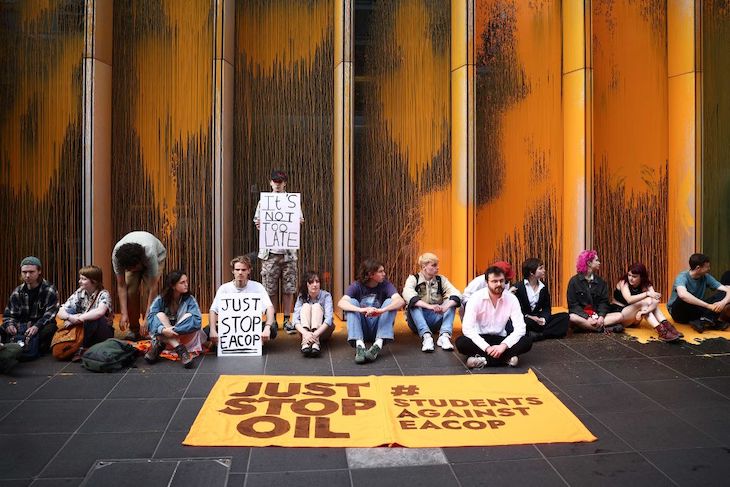Yesterday, the Lady Chief Justice, Lady Carr, delivered a judgment on protest law which may close a remarkable loophole which had been exploited by climate change protestors who engage in direct action to promote their cause.
Protestors who have damaged property with paint or smashed windows have been cleared in recent years after telling juries they ‘honestly believed’ that property owners would have consented to the damage if they had known about the impact of climate change.
Already a subscriber? Log in
Subscribe for just $2 a week
Try a month of The Spectator Australia absolutely free and without commitment. Not only that but – if you choose to continue – you’ll pay just $2 a week for your first year.
- Unlimited access to spectator.com.au and app
- The weekly edition on the Spectator Australia app
- Spectator podcasts and newsletters
- Full access to spectator.co.uk
Or




















Comments
Don't miss out
Join the conversation with other Spectator Australia readers. Subscribe to leave a comment.
SUBSCRIBEAlready a subscriber? Log in